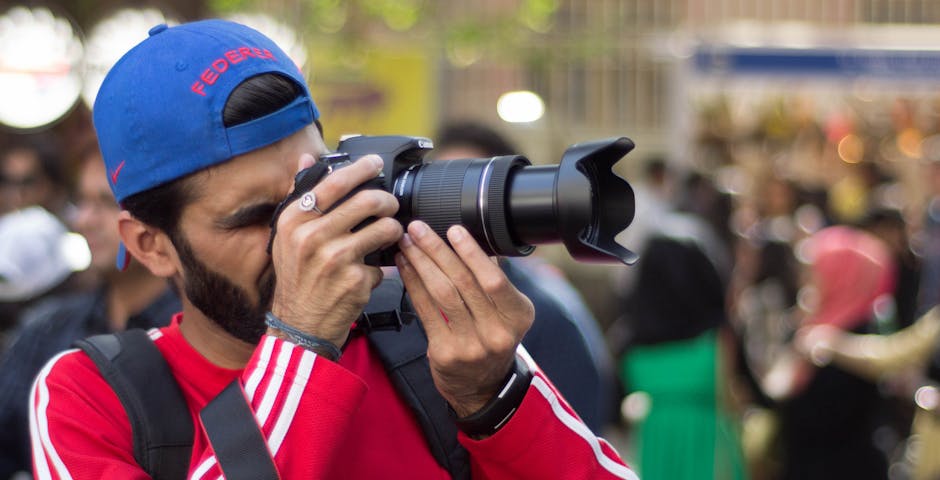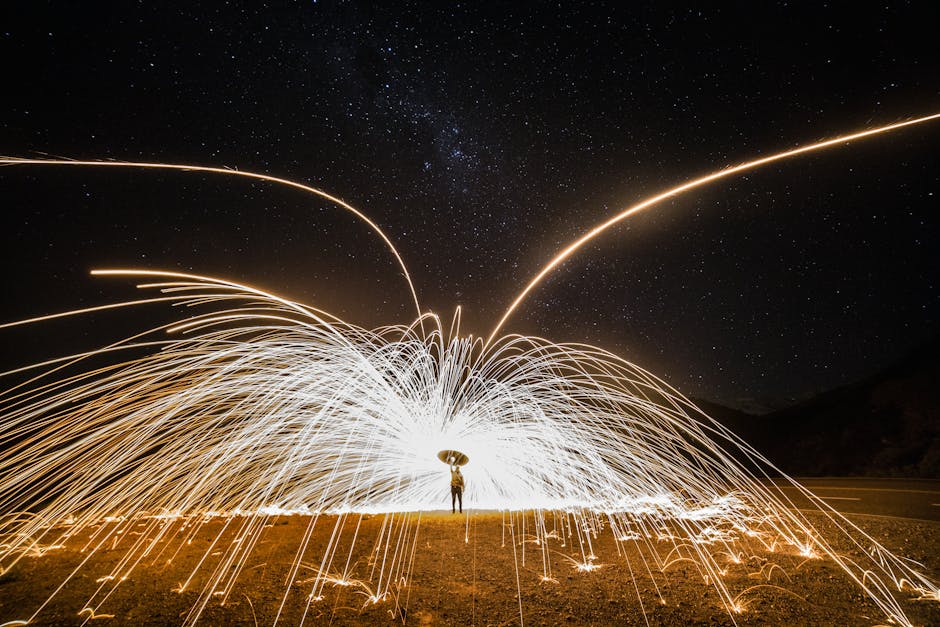-

Unlocking the Secrets of Successful Event Photography
Capturing the essence of an event through photography is a…
-

Unleashing Creativity: The Power of Portrait Photography
s themselves in a way that words cannot. The process…
-

Must-Have Event Photography Tips for Every Occasion
otography is top-notch, here are some must-have tips for every…
-

Portrait Perfection: Mastering the Art of Photography
Capturing the perfect portrait is an art form that requires…
-

Event Photography Excellence: Creating Lasting Impressions
Capturing moments at events through photography is a powerful way…
-

The Art of Capturing Emotions: Portrait Photography Tips
essiona or a beginner, these portrait photography tips will help…
